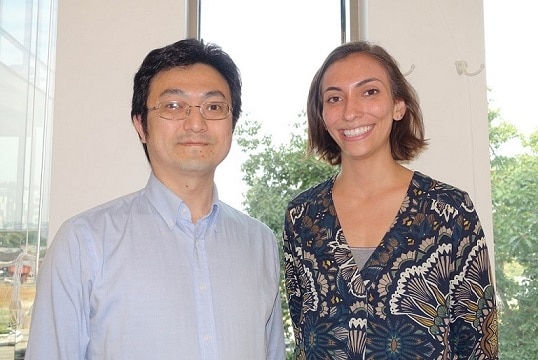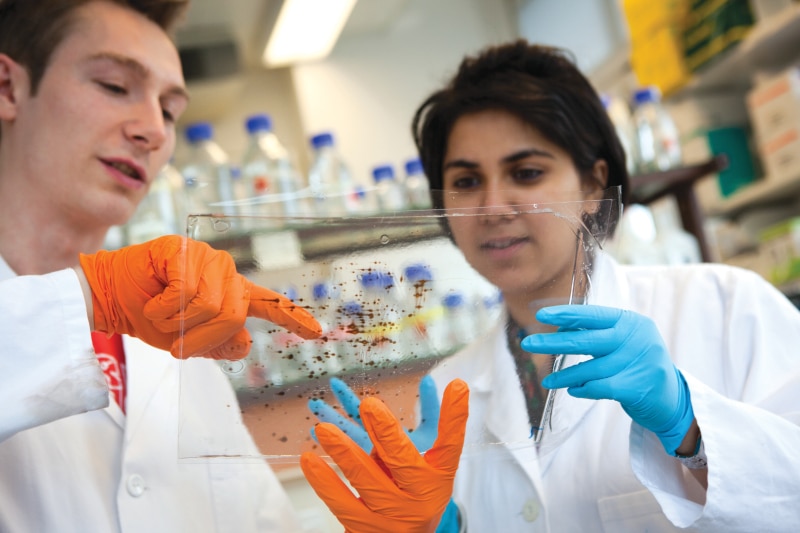Medical Student Research

Enhancing Research Opportunities for Medical Students in Dermatology
The Dermatology Foundation created an introduction to the specialty for students. The Medical Student Research Supplement Award (MSRSA) enable past DF awardees to support the participation of medical students in the completion of a research project. Participants report the impact of this exposure and investment is highly encouraging, and the majority have subsequently matched for a dermatology residency.
Applications for Fall are now accepted and due November 15, 2025, midnight CT.
Medical Student Research Awards by the Numbers | Since 2018 ...
awarded by the DF in financial support
medical students have gained research experience
of medical students have gone on to a dermatology residency
*Reflects results for graduation dates half year through 2024
of our mentor / recipients are repeat participants
Apply for a Medical Student Research Supplement Award
Former DF award recipients can apply for this award, along with an eligible medical student recruited from their institution or another accredited U.S. medical school. The Medical Student Research Supplement Award provides $5,000 to support the participation of a student. Expenses may include, but are not limited to, travel, lodging and a salary stipend for the student. Award funds may not be used for indirect expenses and are payable to the applicant’s institution.
Information about the Medical Student Research Supplement Awards will be provided this Spring.
Award payments will be made in two installments:
- An initial payment of $4,000 is made to the recipient’s institution at the start of the award period.
- The remaining $1,000 is payable upon receipt of the medical student’s summary of their research experience, following the end of the award period, and the institution’s financial reconciliation.


Thank You to Our Supporters




